High Alkaline Substances Can Etch Natural Stone
Many natural stone owners are aware that acids like vinegar, lemon, etc. can cause etching, but did you know high alkaline substances can also cause etching?
Many natural stone owners are aware that acids like vinegar, lemon, etc. can cause etching, but did you know high alkaline substances can also cause etching?
Have you seen stains disappear with professional cleaning, then reappear once your carpet dries? Learn how this happens and what can be done about it.
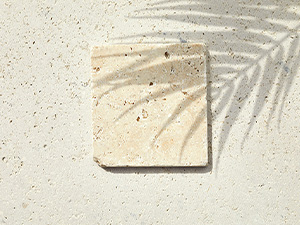
Let’s explore travertine’s natural holes, what causes them, and how they can be filled for a smoother finish if that
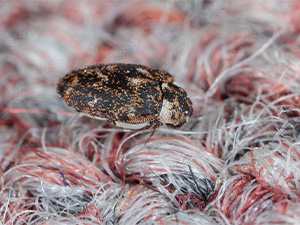
The larvae, which is the most destructive stage of the carpet beetle life cycle, hatch from eggs and begin to
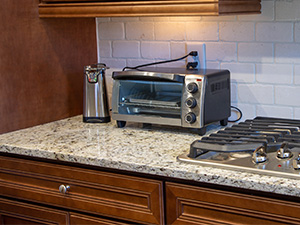
Have you experienced your granite under appliances retaining its original color compared to the surrounding areas that have darkened over

While you are looking at your stone, do you ever wonder where it comes from? Not just the country, but
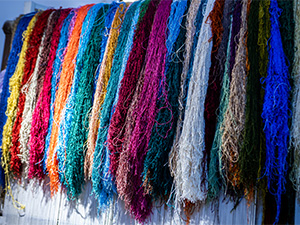
While they boast a luxurious and silky feel, understanding the pros and cons of viscose rugs is important before deciding
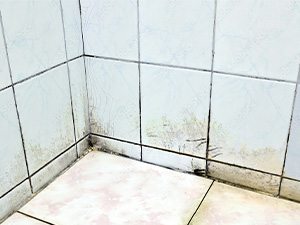
Battling stubborn shower mold? Check out these strategies for banishing mold from your stone and tile showers. Say hello to